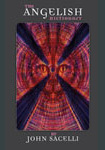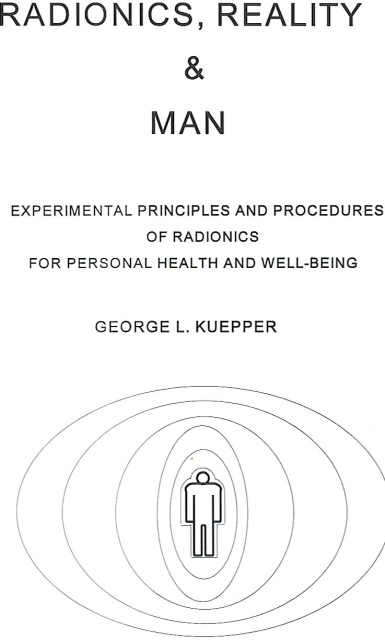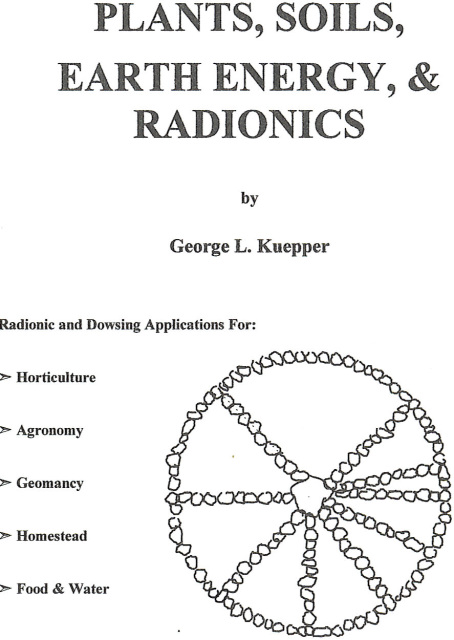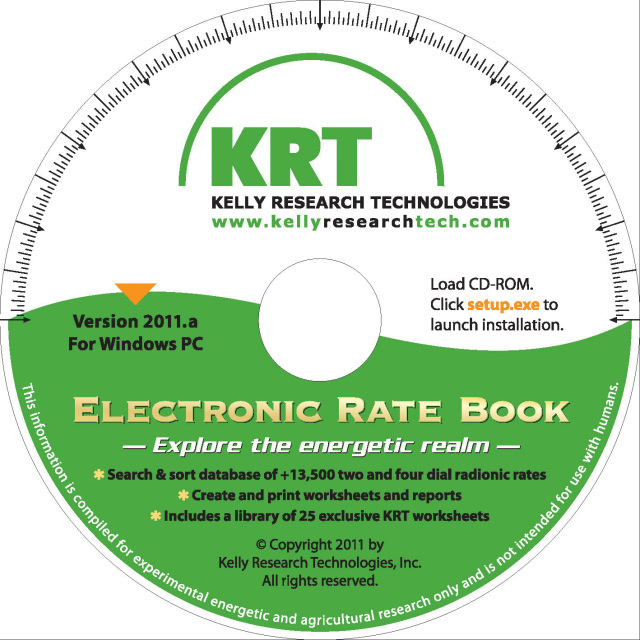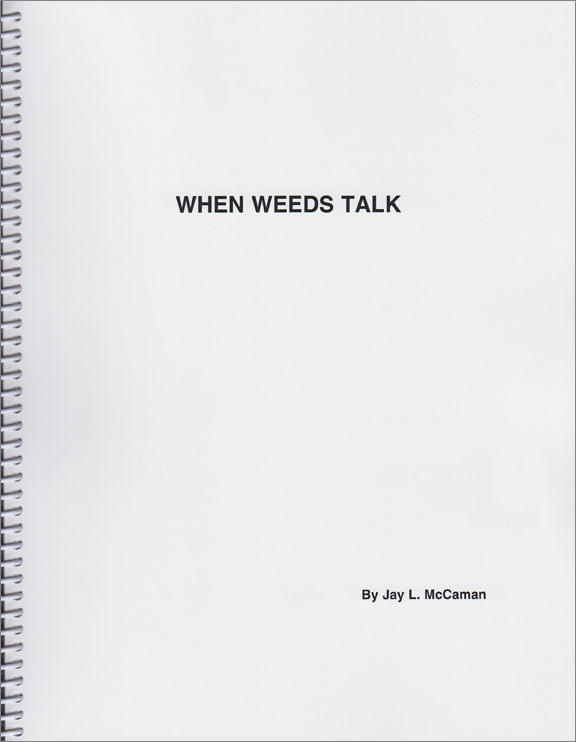-
Nutritional Products
-
DVDs
-
The K.I.S.S. Laser
-
Probiotics
-
CDs
-
CD and DVD set
-
Books
-
Kymotropic and Other Prints
-
SON Formula
-
uMMA test
-
Radionic Analyzers
-
ShellTone
-
OMNi Sound Loudspeakers Pro Audio/Home Audio/Clinic Audio
-
Performance Audio Equipment
-
The Ringing of the Rivers Project
-
Homeopathy
-
Tuning Forks
-
The Cole Fusion Protocol
-
Clothing - Clothes Out (close-out) Specials - Price on these "Clothes Out" specials includes free shipping in the Continental U.S.A.
-
Educational classes
Books enrich our lives. We hope the selections offered here will help to enrich your life and the lives of those about whom you care.
While some of our book offerings are available digitally, for those of us who are true bibliophiles like Tom and I, nothing beats the look and feel of great book as you take in the information through your eyes. We believe the difference between access to information digitally and ownership via a book is akin to better comprehension and greater discourse about the contents of the information. Recent research supports this belief.
Lisa Guernsey of the New America Foundation’s Early Education Initiative, discovered that when reading with a child on an e-reader, that activity may actually impede the child’s ability to learn. Ms. Guernsey interpreted recent research on childhood literacy for Time magazine. What Ms. Guernsey discovered was that parents interact differently with children over an e-reader than over a physical book. That difference may cause children to read slower and to comprehend a story less.
The digitization of media consumption, whether it is reading a book on an e-reader, watching a movie on your computer or tablet, or listening to music has been called "the de-materialization of culture"!
While digital media has been touted as the future to a more sustainable world and a more ecologically aware populace, there are studies out there that delve deeper into the environmental impact.
The Swedish study completed at the KTH Center for Sustainable Communication looked at reading the daily news in print, on a computer , and on an e-reader. Factored in were the different mixes of energy utilized to produce and consume the news as well as the differences between materials needed for printed versions and for digital versions. Also examined was the amount of time spent reading. The total of these factors can significantly change how reading the news impacts the environment.
The study found that if you only read the news about 10 minutes a day and live where the electricity production is similar to the European average - which is much "greener" than the U.S.A. average - then reading with an e-reader or online has lower carbon emissions and thus less of an environmental impact.
However, if you are an avid reader spending more than half an hour daily reading , the printed version results in a lower environmental impact (28 kg of CO2 a year, per person for print but 35 kg a year for online reading). When we settle in with a good book, we hope to spend more than 10 minutes reading, studying, learning and relaxing.
As more electricity begins to be produced from carbon neutral methods, the above carbon footprint will shift the balance toward online reading. The same is true of improvement in the energy efficiency of our electronic devices.
In terms of life cycle analysis of printed books and the manufacture of a single e-reader, an e-reader is the equivalent of about 100 books. If you are not reading over 100 books before you upgrade your reader, then you are contributing to the carbon footprint.
There are advantages to reading digitally that goes above the environmental impact such as convenience and less weight to carry. The advantages of the print media, to us, exceeds the life cycle analysis. Right now, longevity, the tactile feel of the paper, and greater comprehension transcends convenience and potential savings on the carbon footprint.
We do not agree that the use of flourescent light bulbs is worth the potential negative health impact it appears to be causing We also believe reading a great book outside in the sunshine or under a tree's oxygenated shade is a wonderful way to optimize your reading experience and revitalize yourself after a day of being bombarded by fluorescent lights and electrical emissions from all the gizmos that allegedly improve the quality of our lives.
Each of us has to evaluate our reading habits and preferences as well as what we can do to be good stewards of Mother Earth, Father Sky, and our water supply. For now, we offset our carbon footprint by organic gardening, planting trees, avoiding the use of plastics where possible, buying books mostly in printed materials, and working toward choosing more sustainable options to life.
Whenever possible, we also have the books we promote signed by the authors. There is a lot to be said for the old ways that sometimes just has to be experienced to know the difference. Try reading one of our physical book offerings today, everyday or as often as you desire, outside in the sun or shade. I believe you will then fully comprehend why we are traditional bibliophiles and will thoroughly appreciate the information we seek to share with others.
While some of our book offerings are available digitally, for those of us who are true bibliophiles like Tom and I, nothing beats the look and feel of great book as you take in the information through your eyes. We believe the difference between access to information digitally and ownership via a book is akin to better comprehension and greater discourse about the contents of the information. Recent research supports this belief.
Lisa Guernsey of the New America Foundation’s Early Education Initiative, discovered that when reading with a child on an e-reader, that activity may actually impede the child’s ability to learn. Ms. Guernsey interpreted recent research on childhood literacy for Time magazine. What Ms. Guernsey discovered was that parents interact differently with children over an e-reader than over a physical book. That difference may cause children to read slower and to comprehend a story less.
The digitization of media consumption, whether it is reading a book on an e-reader, watching a movie on your computer or tablet, or listening to music has been called "the de-materialization of culture"!
While digital media has been touted as the future to a more sustainable world and a more ecologically aware populace, there are studies out there that delve deeper into the environmental impact.
The Swedish study completed at the KTH Center for Sustainable Communication looked at reading the daily news in print, on a computer , and on an e-reader. Factored in were the different mixes of energy utilized to produce and consume the news as well as the differences between materials needed for printed versions and for digital versions. Also examined was the amount of time spent reading. The total of these factors can significantly change how reading the news impacts the environment.
The study found that if you only read the news about 10 minutes a day and live where the electricity production is similar to the European average - which is much "greener" than the U.S.A. average - then reading with an e-reader or online has lower carbon emissions and thus less of an environmental impact.
However, if you are an avid reader spending more than half an hour daily reading , the printed version results in a lower environmental impact (28 kg of CO2 a year, per person for print but 35 kg a year for online reading). When we settle in with a good book, we hope to spend more than 10 minutes reading, studying, learning and relaxing.
As more electricity begins to be produced from carbon neutral methods, the above carbon footprint will shift the balance toward online reading. The same is true of improvement in the energy efficiency of our electronic devices.
In terms of life cycle analysis of printed books and the manufacture of a single e-reader, an e-reader is the equivalent of about 100 books. If you are not reading over 100 books before you upgrade your reader, then you are contributing to the carbon footprint.
There are advantages to reading digitally that goes above the environmental impact such as convenience and less weight to carry. The advantages of the print media, to us, exceeds the life cycle analysis. Right now, longevity, the tactile feel of the paper, and greater comprehension transcends convenience and potential savings on the carbon footprint.
We do not agree that the use of flourescent light bulbs is worth the potential negative health impact it appears to be causing We also believe reading a great book outside in the sunshine or under a tree's oxygenated shade is a wonderful way to optimize your reading experience and revitalize yourself after a day of being bombarded by fluorescent lights and electrical emissions from all the gizmos that allegedly improve the quality of our lives.
Each of us has to evaluate our reading habits and preferences as well as what we can do to be good stewards of Mother Earth, Father Sky, and our water supply. For now, we offset our carbon footprint by organic gardening, planting trees, avoiding the use of plastics where possible, buying books mostly in printed materials, and working toward choosing more sustainable options to life.
Whenever possible, we also have the books we promote signed by the authors. There is a lot to be said for the old ways that sometimes just has to be experienced to know the difference. Try reading one of our physical book offerings today, everyday or as often as you desire, outside in the sun or shade. I believe you will then fully comprehend why we are traditional bibliophiles and will thoroughly appreciate the information we seek to share with others.
Books
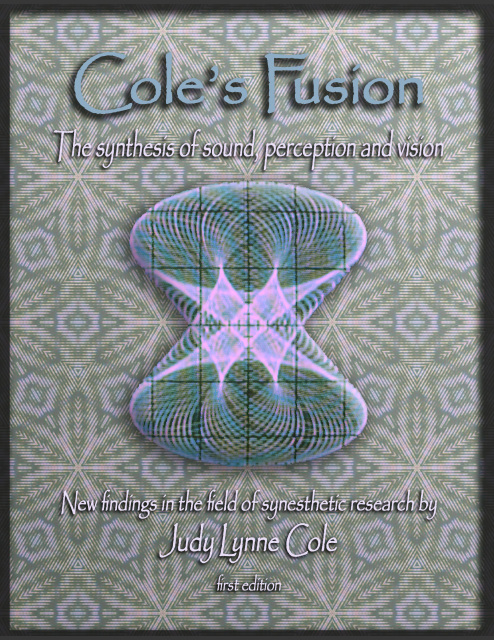
Book - Cole's Fusion - in final editing stage
$0.00
$0.00

Book - Truly Cultured by Nancy Lee Bentley
$45.00
$45.00

SOLD OUT! Book - The Alchemist's Handbook to Homeopathy
$29.95
$29.95

Book - Touch by John Ferguson
$22.20
$22.20

SOLD OUT! Book - The Alchemist's Book to Homeopathy
$29.99
$29.99
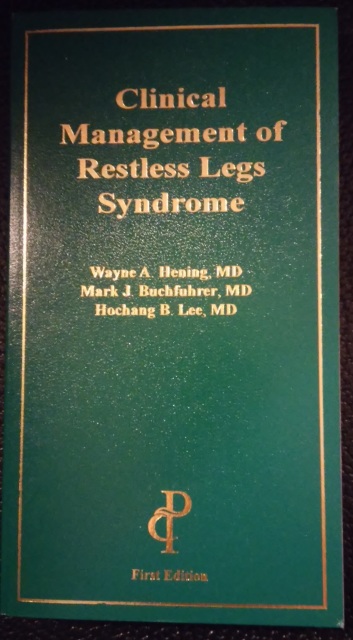
Book - Clinical Management of Restless Leg Syndrome
$61.00
$49.99

Book - Overcome Cancer
$19.95
$19.95
